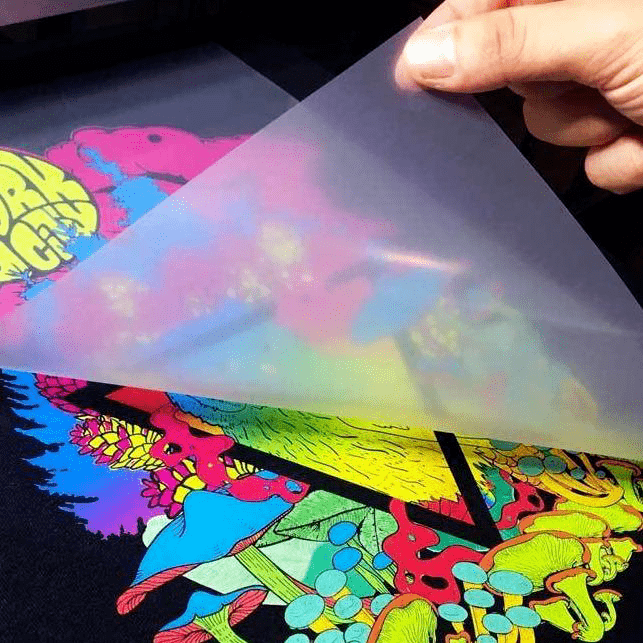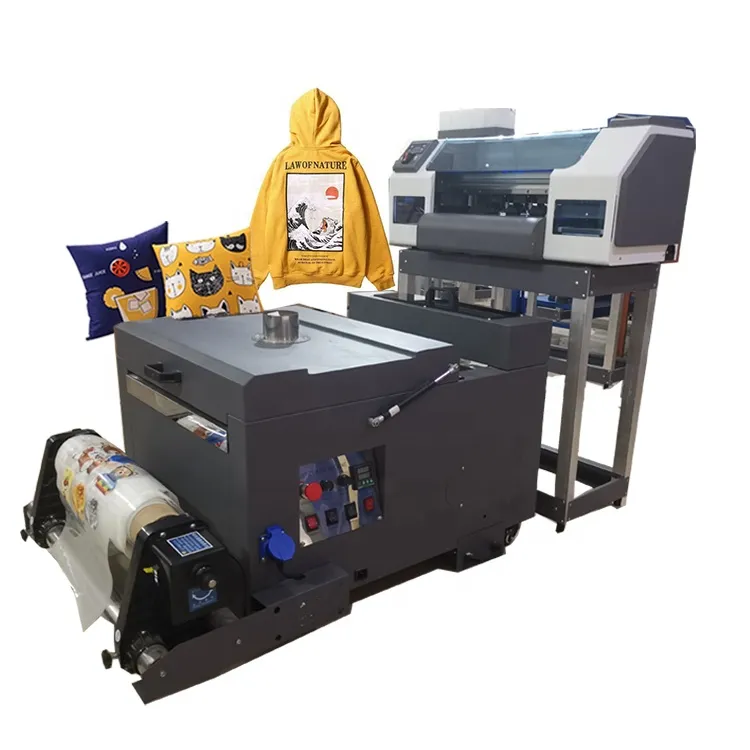Checking out the Art of DTF Printing: Strategies and Applications Revealed
Checking out the Art of DTF Printing: Strategies and Applications Revealed
Blog Article
Grasping DTF Printing: Advice for Achieving Vibrant and Long Lasting Prints
In the world of textile printing, achieving dynamic and resilient prints is a desired ability that can raise the high quality of your outcome. From choosing the ideal materials to tweak print settings and improving post-printing finishing techniques, there are numerous factors that can affect the end result of your prints.

DTF Printing Fundamentals
For those new to the globe of fabric printing, comprehending the basics of DTF printing is important to mastering this cutting-edge strategy. Direct to Film (DTF) printing is a modern-day technique that involves moving styles from a special movie onto different textiles making use of a warmth press. Unlike conventional methods like screen printing, DTF provides benefits such as vivid shades, detailed outlining, and the ability to publish on diverse products like cotton, polyester, and blends.
The process begins by printing the layout on an unique DTF film using a compatible printer with CMYK or CMYKW ink collections. Once the style is printed, it is after that cured with a warmth press to create a lasting and sturdy print. DTF printing is understood for its capacity to recreate intricate styles with high accuracy and color precision, making it a popular option for businesses seeking to develop customized garments, promotional products, and more.
Selecting the Right Products

The glue powder acts as a bonding agent in between the published style and the material, so it should have solid adhesion residential or commercial properties to guarantee a durable and long lasting transfer. By carefully picking the right products for DTF printing, printers can boost the quality, vibrancy, and long life of their prints.
Optimizing Print Setups
When aiming to attain the best lead to DTF printing, thorough attention to enhancing print setups is essential for guaranteeing high-grade and exact transfers onto fabrics. When optimizing print settings is the resolution, one vital element to take into consideration. Higher resolutions normally result in sharper and a lot more comprehensive prints, enhancing the total quality of the transfer. Furthermore, readjusting the ink density can assist attain lively colors and make sure that the layout stands apart on the material.
Another important setting to optimize is the print speed. Finding the right balance between rate and quality is essential. While enhancing the speed can enhance effectiveness, it may jeopardize the final print's clarity and color saturation. Try out various rates and observing the outcomes can aid determine the optimal setup for each and every print work - DTF Printing.
In addition, make improvements shade accounts and ensuring proper shade monitoring are essential for attaining exact and constant shades across various prints. By calibrating color settings and accounts, printers can lessen color deviations and generate uniform outcomes, improving the overall print top quality and consumer contentment.
Preparing Art Work for DTF Printing
Convert the art work to CMYK shade setting to ensure that the colors translate precisely from display to print. Bear in mind to mirror the last design before printing to guarantee that it transfers properly onto the garment. By complying with these actions and paying close focus to the information, you can prepare art work that is maximized for resilient and dynamic DTF prints.
Post-Printing Finishing Methods
Executing effective post-printing ending up strategies is vital to improving the resilience and aesthetic appeal of DTF prints on fabrics. When the printing process is full, applying heat to the published style is important.
When the film is eliminated, the print may need added curing time to better set the ink into the textile. This step aids enhance the washability and resilience of the print, guaranteeing it can withstand several clean cycles without fading or breaking.
Furthermore, cutting any type of excess movie around the design can provide the last print a clean and expert look. Making the effort to properly end up DTF prints post-printing can significantly affect check my source the general top quality and longevity of the textile style.

Final Thought
In verdict, mastering DTF printing requires a complete understanding of the fundamentals, selecting suitable materials, enhancing print setups, preparing art work effectively, and using post-printing completing methods. By adhering to these pointers and tricks, one can achieve long lasting and vivid prints that fulfill their wanted top quality criteria. Regular technique and focus to information are essential in achieving successful end results in DTF printing.
From selecting the right materials to fine-tuning print settings and perfecting post-printing finishing strategies, there are countless variables that can affect the outcome of your prints. Unlike traditional methods like display printing, DTF supplies benefits such as dynamic colors, intricate describing, and the capacity to publish click for info on diverse materials like cotton, polyester, and blends.
Once the layout is published, it is then cured with a warmth press to develop a long-lasting and sturdy print.When aiming to achieve the useful source finest outcomes in DTF printing, thorough interest to enhancing print settings is crucial for making certain accurate and top quality transfers onto textiles.In conclusion, understanding DTF printing needs a complete understanding of the fundamentals, selecting proper materials, maximizing print settings, preparing art work efficiently, and utilizing post-printing completing techniques.
Report this page